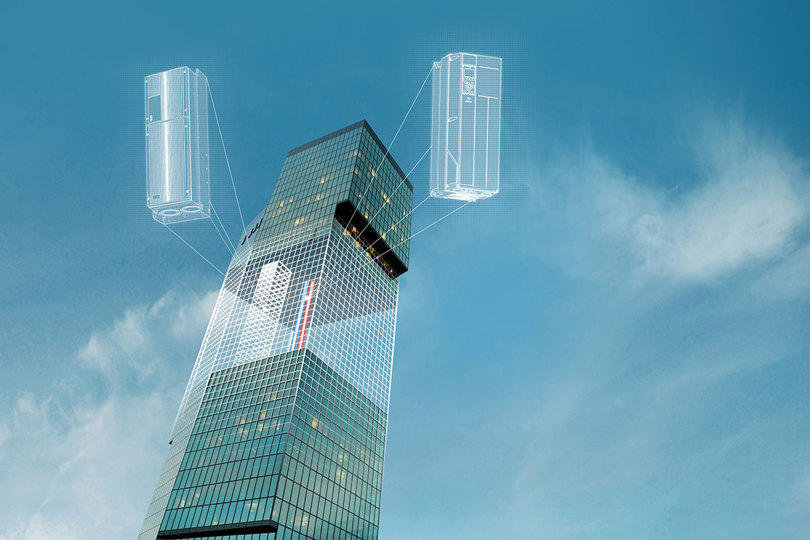
Published: Huffington Post
What cools your products at your local supermarket can heat your home at the same time - let’s do more with less. The key to this are connected buildings.
Most of us still go to the supermarket every week, but as we are walking down the aisle of freezers, do we ever stop to think about how much energy is used to cool our products? Most people would be astonished to learn supermarkets currently use around three per cent of global electricity, but would you believe that your local supermarket could actually be your provider of heat or power?
We have thousands of supermarkets in our cities — in New York alone, where the Bloomberg Future of Energy summit takes place this week, there are over 1500. Keeping food cold or frozen across all these sites requires a lot of energy. As you will know if you have ever felt around the back of your fridge, all this cooling produces significant amounts of heat. The ability for us to recover and use this heat is a huge untapped potential.
Twenty Danish supermarkets already send their surplus heat into the local district heating networks. The local supermarket close to the Danfoss’ headquarters in the south of Denmark now saves more than 31,000 USD annually on gas for heating. CO2 emissions are reduced by 34 per cent by using the surplus heat from the refrigeration system to heat the supermarket and neighboring buildings.
The potential is bigger. Modern cooling equipment can respond to changing demands, helping reduce peak loads. In Germany, where three percent of all electricity is used for cooling purposes in supermarkets, the potential of adding the flexibility of supermarkets to the smart grid would equal up to 30 percent of the total electricity produced by wind across the whole European Union.
By connecting with external networks, such as district heating, supermarkets can also store renewable energy. We estimate by including the storage capacity of today’s unused cooling compressors we could add 100 percent to our ability to store energy in the event of overproduction of wind electricity.
The business case for connecting supermarkets with electricity and heating networks is based on the energy and CO2 savings it will produce and the very short payback times of around one and a half years for the supermarket owner. This makes sense from an economic and environmental standpoint. The question is, how can we accelerate the implementation of such innovative solutions? We need to start talking together, across industries.
There are benefits for many, with supermarkets reducing their energy bills, while the electricity grid operators and energy producers benefit from a reduction in peak loads, storage of energy and added flexibility. We need to rethink our business models, and maybe instead of only selling groceries, heat will be yet another item in a supermarket’s portfolio.
The opportunities in front of us are enormous. Through connected buildings, such as supermarkets, we can create more efficient urban areas. Our cities become more efficient. This requires that we start talking together across silos to unlock a city’s true connectivity of water, heating, cooling and electricity.
We have the necessary technologies available to integrate more renewables today - the key is connecting buildings and the people needed to build the energy systems for the future. But I am sure, the frozen food isle is just the beginning.

Engineering the world of Tomorrow
Danfoss engineers advanced technologies that enable us to build a better, smarter and more efficient tomorrow. In the world’s growing cities, we ensure the supply of fresh food and optimal comfort in our homes and offices, while meeting the need for energy efficient infrastructure, connected systems and integrated renewable energy.
Our solutions are used in areas such as refrigeration, air conditioning, heating, motor control and mobile machinery.
Our innovative engineering dates back to 1933 and today Danfoss holds market-leading positions, employing more than 26,000 and serving customers in more than 100 countries. We are privately held by the founding family.
